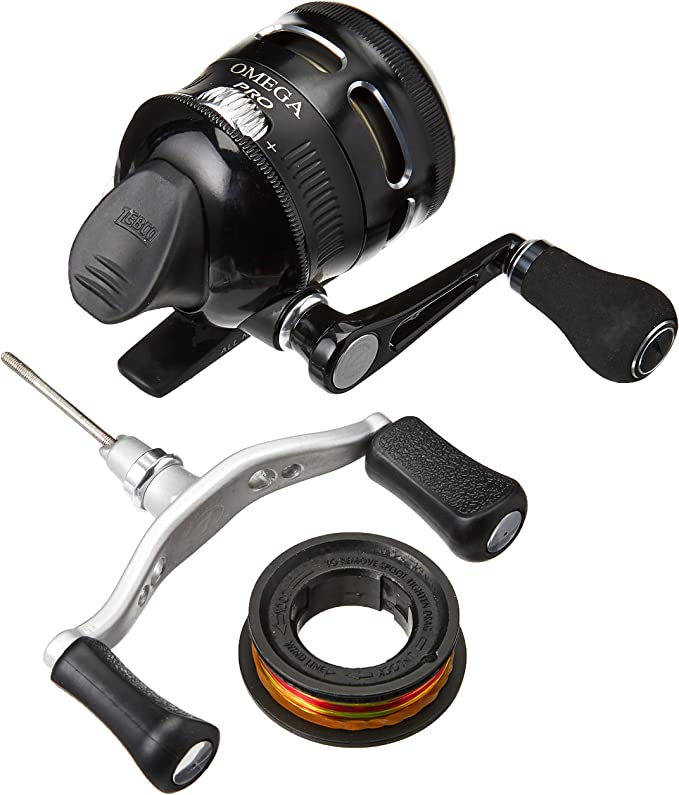Living Architecture: The Physics of Breathability and Warmth in Modern Canvas Bell Tents
Update on Nov. 19, 2025, 6:31 p.m.
In an era dominated by ultralight siliconized nylon and Dyneema composites, the persistence of the heavy cotton canvas tent seems like an anachronism. Why would anyone choose to haul 60 to 90 pounds of fabric and steel into the wild?
The answer lies in a fundamental misunderstanding of what a tent is supposed to be. Synthetic tents are barriers—plastic shells designed to isolate you from the environment. Canvas tents, like the Glamcamp Bell Tent, are membranes. They function less like a plastic bag and more like a second skin, mediating the exchange of air, moisture, and heat between the occupant and the outdoors. To choose canvas is to prioritize the quality of the living space over the ease of transport.

The Hygroscopic Engine: How Cotton “Breathes”
The term “breathability” is often thrown around in marketing, but in the context of 300g/sqm cotton canvas, it refers to a specific physical process called Hygroscopy.
Unlike synthetic fabrics that rely on microscopic pores to vent vapor (which often fail in high humidity), cotton fibers actively absorb moisture from the air. When the interior humidity rises due to human respiration, the canvas absorbs this vapor and transports it to the exterior, maintaining a dry, crisp microclimate inside. This effectively eliminates the “sauna effect” common in nylon tents.
But how does it keep rain out? The Glamcamp model employs a hybrid approach. The cotton fibers swell when wet, mechanically tightening the weave to block water ingress. This natural mechanism is reinforced by a 3000mm PU (Polyurethane) coating. While purists might argue for untreated canvas, this hybrid coating is a pragmatic engineering choice for modern campers, offering a higher hydrostatic head rating to withstand aggressive storms while retaining the tactile warmth and acoustic dampening properties of natural fiber.

The Biological Trade-off: Managing Organic Material
Owning a canvas tent is more akin to owning a leather jacket than a polyester raincoat. It is an organic material, and as such, it is subject to biological imperatives—specifically, mold.
Critical reviews often cite mold as a product defect. From a biological perspective, it is simply nature doing its job. If you store a damp organic material in a dark, warm place, fungi like Aspergillus will colonize it. This is not a flaw in the Glamcamp tent; it is a characteristic of cotton.
This reality demands a shift in user behavior. The maintenance protocol for these tents is non-negotiable:
1. Bone Dry Storage: The tent must be 100% dry before packing. Even a hint of moisture trapped in the heavy folds can trigger mildew within 24 hours.
2. The “Seasoning” Myth vs. Reality: While PU-coated tents like this don’t require the traditional “soak and dry” seasoning process to seal needle holes as urgently as raw canvas, paying attention to the seams is still vital. The cotton thread used in stitching needs to swell to seal the needle perforations.
Thermodynamics of the Cone: The Stove Jack Advantage
The conical shape of the bell tent is not just aesthetic; it is a thermodynamic engine. In winter, this shape excels at Heat Retention and Convection.
The Glamcamp features a dedicated 5-inch fire-retardant stove jack, allowing for the installation of a wood-burning stove. In a square cabin tent, heat gets trapped in corners. In a round bell tent, the heat from the central stove radiates evenly to the walls, creating a uniform thermal envelope.
Furthermore, the heavy canvas acts as Thermal Mass. Unlike thin nylon which loses heat instantly, canvas holds warmth, smoothing out temperature fluctuations. This transforms the tent from a mere sleeping pod into a “Hot Tent”—a viable dwelling capable of sustaining comfortable living conditions in sub-freezing temperatures.

Structural Integrity: Steel vs. Gravity
The weight of the Glamcamp tent—often exceeding 50lbs—comes primarily from its skeleton. The center pole is made of 38mm galvanized steel.
In high winds, fiberglass poles shatter and aluminum poles bend. Steel, however, provides the rigidity necessary to anchor the massive surface area of the canvas against wind load. The tension-based design transfers the wind force down the guy lines to the ground stakes, rather than stressing the poles. It is a structure designed to move with the wind, provided it is staked out correctly.
Conclusion: A Relationship, Not a Purchase
The Glamcamp Bell Tent is not for the casual weekender who wants to “pitch and forget.” It is heavy, it requires diligent maintenance to prevent mold, and it demands a significant setup footprint.
However, for those willing to accept these terms, it offers something synthetic tents cannot: a sense of permanence and connection. It offers the sound of rain pattering on thick fabric, the smell of woodsmoke, and a dry, breathable interior that feels like a home. It is a piece of equipment that bridges the gap between camping and dwelling, provided you treat it with the respect an organic structure deserves.



















